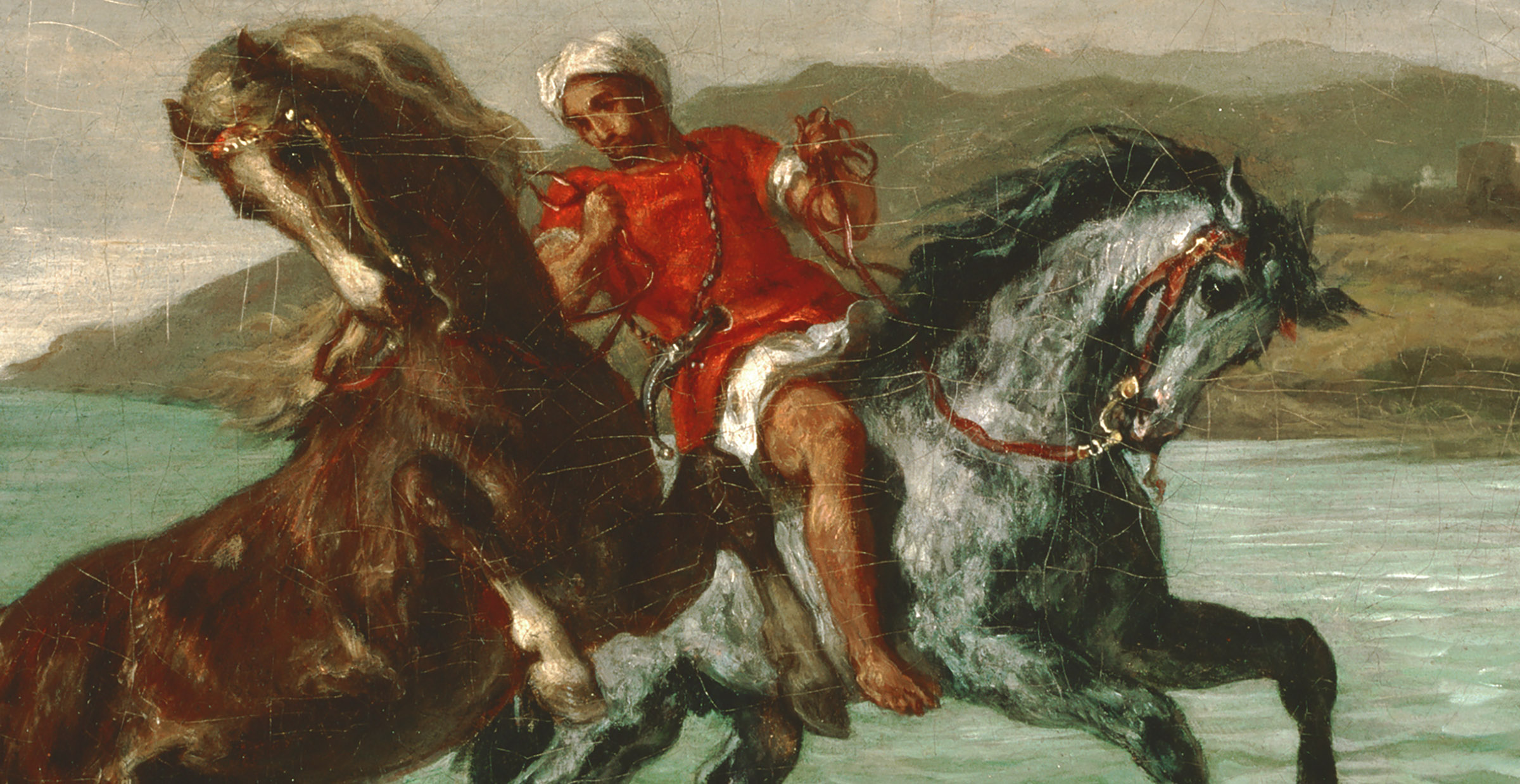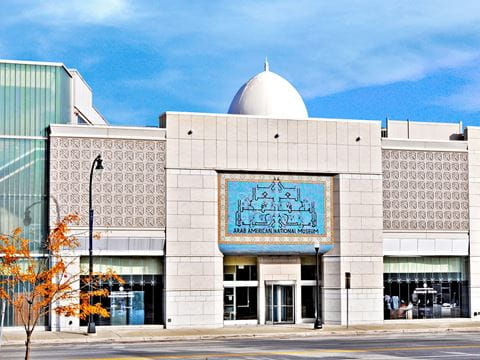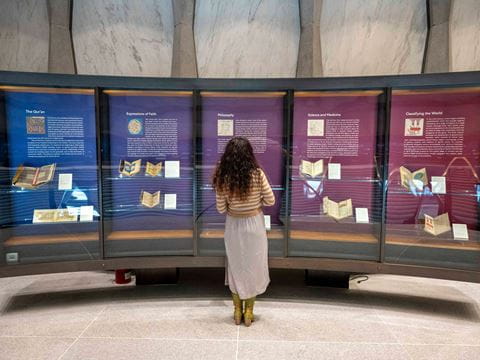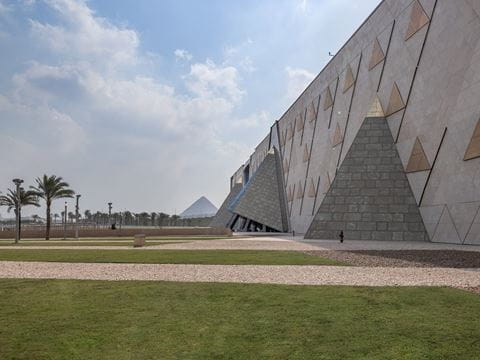
Orientalism’s Equestrian Eye
Orientalist artists—generally 19th-century European and American painters of Arabworld subjects—are often criticized for stereotyping. But one subject they painted with fidelity continues to win universal respect: horses.
In Orientalist art, the subject that most easily crosses
cultural boundaries is the Arabian horse.
—Gina MacDermot, Mathaf Gallery
The first collectors of Orientalist horse paintings were those among the affluent of Europe and America who hungered to see expressions of heroic values. The Arabian horse and its several cousins represented to these artists and patrons a kind of raw honor and nobility. Suitably painted, the Arabian horse became a nostalgic symbol to a Western world rapidly being eclipsed by the Industrial Revolution. The same yearning for a simpler past was visible elsewhere, notably in the work of British Pre-Raphaelites; in the us, the “Wild West” of Frederic Remington’s cowboy extravaganzas had much in common with Orientalist depictions of Bedouin scenes. (Indeed, the wild horses of North America were descended from Spanish horses that were, in turn, descended from Barbs and Arabians.)
The Arab masters of these equine marvels were accorded a similarly romanticized respect. For French painter Ferdinand Victor Eugène Delacroix, the people of North Africa were, even without their horses, “Greeks and Romans … the Arabs who wrap themselves in a white blanket and look like Cato or Brutus.”
The paintings from certain easels were more convincing than from others. “Some artists would portray any horse they painted to match the physique of the Arabian horse,” says Rania Elsayed, an equine veterinary authority and photographer at University of Exeter in England. Clients did not tend to question bioscience when buying an image: Horse plus Arab rider plus “Oriental” setting were often enough, even for connoisseurs who might, regarding other subjects, be more discriminating.
The institution that has done the most to keep this niche of East-West fraternalism alive is London’s Mathaf Gallery. Since the 1970s it has stuck with the field that was for decades tainted for its colonialist origins.
“After 40 years of working with Orientalist art, the subject matter that most easily crosses cultural boundaries is the Arabian horse,” says Managing Director Gina MacDermot. “Its appeal seems to be universal.” The Orientalist artists of the 19th century, she adds, “provide some of the most sensitive depictions of these horses among the people who loved them the most.”

“Horses Coming Out of the Sea,” 1860
The Phillips Collection, Washington, D.C.
Delacroix became the pioneer Orientalist artist, relying on his memories of a single visit to North Africa in 1832. His love of animals is clear from the many paintings and drawings made before then, and his Romantic respect for the peoples he visited comes through in his diary: “The Moroccans are closer to nature in a thousand ways.
His praise for their horsemanship comes through too. According to Susan Behrends Frank, curator at The Phillips Collection, “as Delacroix developed as an artist, he paid less and less attention to the accuracy of anatomical structure and physical movement and focused more on capturing the heroic grandeur of the horse for emotional effect.”
This painting shows a training technique that is still popular for developing equine endurance. The setting is, however, based on scenery he observed along the English Channel. As Frank points out: “He noted in his journals of 1850–54 that he created the most successful scenes of North Africa when he had forgotten the small details and could recall only the poetic and striking aspects of the experience as channeled through his memory and imagination.”

“Storm in the Plains of Alfa,” 1864
Najd Collection, Mathaf Gallery, London
Fromentin was also French, and he took a more precise and less color-saturated approach than his great inspiration, Delacroix. Fromentin was also a more frequent traveler who wrote two books on his experiences in the Sahara and the Sahel. He claimed that the combination of an Arab rider with his horse added up to “the two most intelligent and fully developed creatures that God has made.”
His appreciation of horses may also have been stimulated by Symbolist painter Gustave Moreau, who reportedly informed him that, in an age in which art dealers and commercial patrons were becoming increasingly crucial to an artist’s career, paintings of horses were easier to sell than paintings of camels. (Before then, Fromentin had divided his Orientalist animal subjects between the two.)
Fromentin’s painting of the hot, dust-filled desert wind known as the simum might not have been so moving if camels had been the centerpiece. As it is, the painting shows the mutual vulnerabilities of both man and horse, which confront as one the desert storm Fromentin whipped up so vividly.

“The Arab Tent,” 1865
The Wallace Collection
Dogs, birds and even the lions in London’s Trafalgar Square: Landseer was the preeminent animal artist of the Victorian era. He was not known as an Orientalist, says The Wallace Collection curator Lelia Packer, but he did understand the anatomy of the horse “very well.” In the company of Rembrandt, Titian and Velazquez, the collection accords a place at its entrance to “his finest painting of horses,” she says.”
A tender view of an Arabian mare and her foal, the painting limits Arab elements mostly to a rug and the painting’s title. The non-equine occupants include dogs and monkeys. Absent are blood, battle and tension that were so often associated with Arabian breeds by many 19th-century artists.

“Rider and Dying Horse in the Desert,” 1872
Private collection
Tenderness is taken yet further in what is perhaps the most poignant horse painting by any Orientalist. Gérôme was the leading artist of the genre in the mid-19th century, legendary for the detail and so-called “licked finish” of his canvases. He usually put his painstaking efforts toward scenes of urban or courtly life that he had experienced on his travels, and into them he often projected elements from his imagination. This painting is less precise and more emotive. He had spent enough time in the Arab world to know that losing a conveyance in the desert could also mean losing one’s life.”
The bond between rider and horse is unequivocal. Gérôme also understood the accoutrements of equestrianism, and although later he painted a view of an Arab rider buying a bridle and other accessories with his signature precision, here such elements are secondary to this tear-eliciting tour de force.

“The Falconers,” date unknown
Mathaf Gallery, London
Life in the desert was seldom far from the thoughts of other Orientalists too. Georges Washington, whose name is a gallicized tribute to the first president of the United States, was one of the many artists who—when traveling at least—preferred privation in the desert to comfort in the city, and he often chose falconry as one of the activities that drew his fading, preindustrial Europe closer to contemporary Arab lands.”
Although Washington often also depicted hunting and warfare, on this occasion it is a representation without bloodshed. Falconry was one of the several common pursuits of European nobility that had roots at the eastern end of the Mediterranean. This association was clear to critics, one of whom declared at the 1863 Salon: “The grand air of the horsemen, their dazzling costumes and noble steeds indicate great African lords. Falconry is indeed the privilege of the Algerian aristocracy.”

“The Ambush,” date unknown
Albukhary Collection
One step beyond falconry was the activity for which hunting had been used as preparation since time immemorial: war. For Westerners facing the increasingly impersonalized slaughter of uniformed infantry in the 19th century, preindustrial tribal warfare became a source of nostalgic fascination. An Austrian, Schreyer had spent time among the European military, and his paintings were sought after by horse lovers and armchair generals alike in both Europe and America. As a result, his extensive travels around North Africa and the Near East were largely sponsored by purchases from the Vanderbilts, the Rockefellers and other collectors with large walls to fill.”
The softness of Schreyer’s brushwork does not diminish the intensity of his moment. The group’s commander heightens the sense of drama: He is fully loaded with weaponry although the rifles seem to have rather slender barrels, especially when contrasted with the powerful physiques of the leading horse and rider. Warfare was a supreme test for a horse, and both Europeans and Arabs praised Arabian breeds for their speed and agility in battle.

“The Skirmish,” date unknown
Albukhary Collection
Coleman was an Italian who probably never left Italy, but he possessed a sufficient sense of drama to capture what felt like an essence of the Arabians he depicted. He was fascinated by horses and clothing, like most Italian Orientalist painters. Anne Brown, chairman of the Centenary Committee of the Arab Horse Society, points out that the title of the painting was given not by the artist, who must have intended it to be a “fantasia”—a mock battle that tested equestrian skills—rather than an actual armed confrontation.”
“These tribesmen are celebrating,” she says, “which is probably why the horses wear elaborate saddle cloths and embroidered chest bands. The horses are not scared of the musket shots.” The abandon with which the riders are firing their weapons provides an exaggerated spectacle.

“Outside a Moroccan Bazaar Gate,” circa 1875–1880
Albukhary Collection
Despite a name with an aristocratic British flavor, Weeks was a Bostonian who made Paris his home. After studying with Gérôme, he traveled as widely and boldly as any Orientalist of his day. Horses appear in his paintings more as props than main attractions, and he was equally adept with camels and elephants. His greatest strength as an equine artist was in the way he incorporated horses into vignettes of daily life.”
The horse in this painting is radiant, even by Weeks’s standards. The brocades and gilt trappings suggest a more important occasion than merely meeting a gun seller outside the gate of a bazaar. He brought a theatrical quality to a composition that in real life would not likely have included such a princely figure making a roadside purchase.
You may also be interested in...

‘Home’: Arab American National Museum Celebrates 20th Anniversary
Arts
Arab American National Museum Director Diana Abouali says the facility—which is marking its 20th anniversary in 2025—in Dearborn, Michigan, has aimed to create a home for Arab Americans by preserving and presenting the history, culture and contributions of Arab immigrants as well as their native-born children and grandchildren.
Mundane to Magnificent: Yale Manuscript Exhibition Illuminates Muslim Knowledge
Arts
Manuscript exhibition reveals handwritten treasures spanning centuries and nations, in graying script and glorious technicolor, on ancient papyrus and gold-coated paper.
Grand Egyptian Museum: Take a Tour of the New Home for Egyptian Artifacts
Arts
The Grand Egyptian Museum has officially opened its doors, revealing treasures from the ancient Egyptians and their storied past.